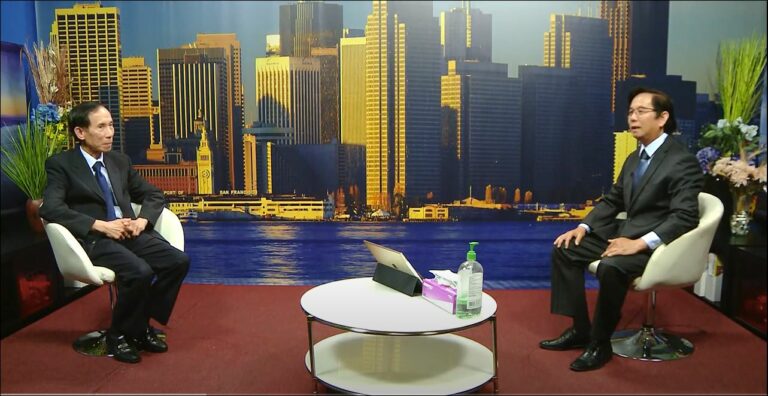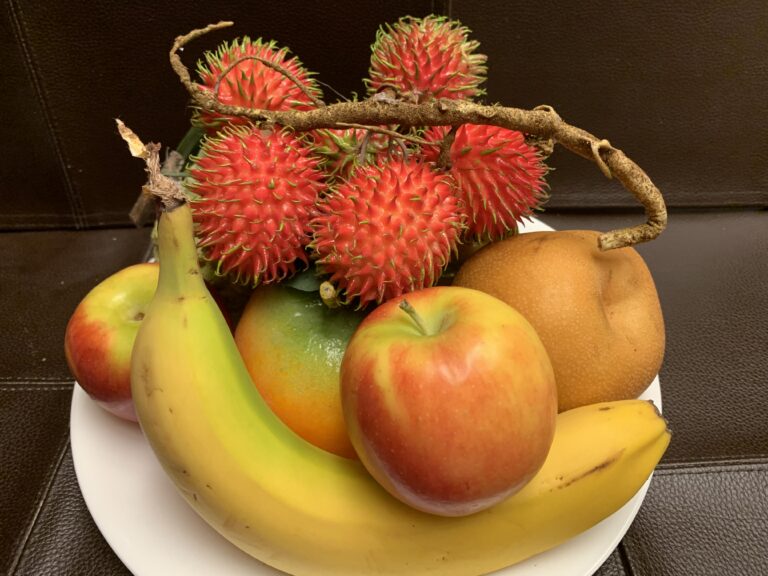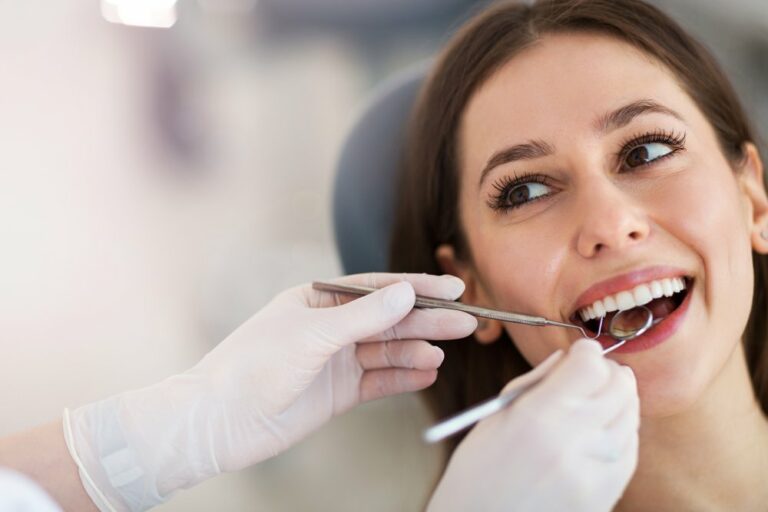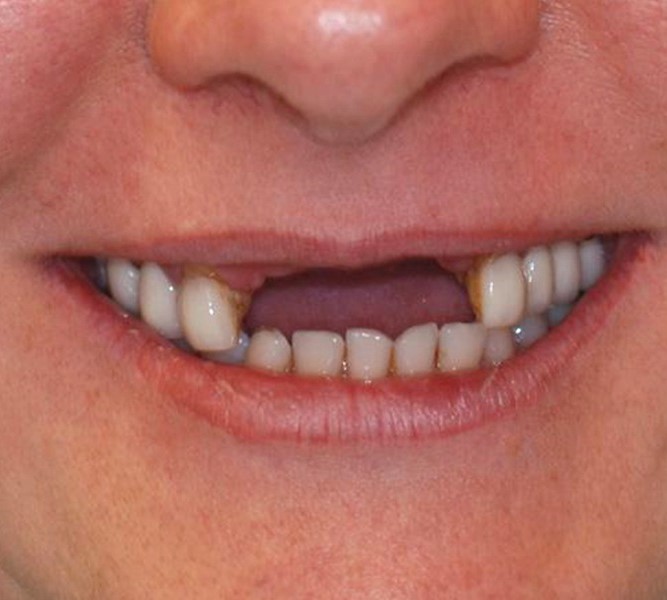EXTRACTION AND AFTERCARE INSTRUCTIONS
Dr. Dieu Lien Tong
BEFORE EXTRACTION:
In the morning of appointment day for extraction, you should have breakfast. You may experience a dizziness on the chair when your blood sugar is low. In the other hand, you cannot eat for a few hours after the extraction. You should schedule your extraction in the morning so you can monitor your bleeding during daytime. Before the extraction, you will be numbed so you can feel comfortable during the procedure.
IN THE FIRST DAY AFTER THE EXTRACTION:
After the extraction, you need to follow those instructions:
1-Bite a gauze pad: After the tooth is removed, the root socket will be filled with blood and the blood clot is being formed in a short time. It’s important to keep this clot intact, any dislodgement may rupture the clot and cause prolonged bleeding.
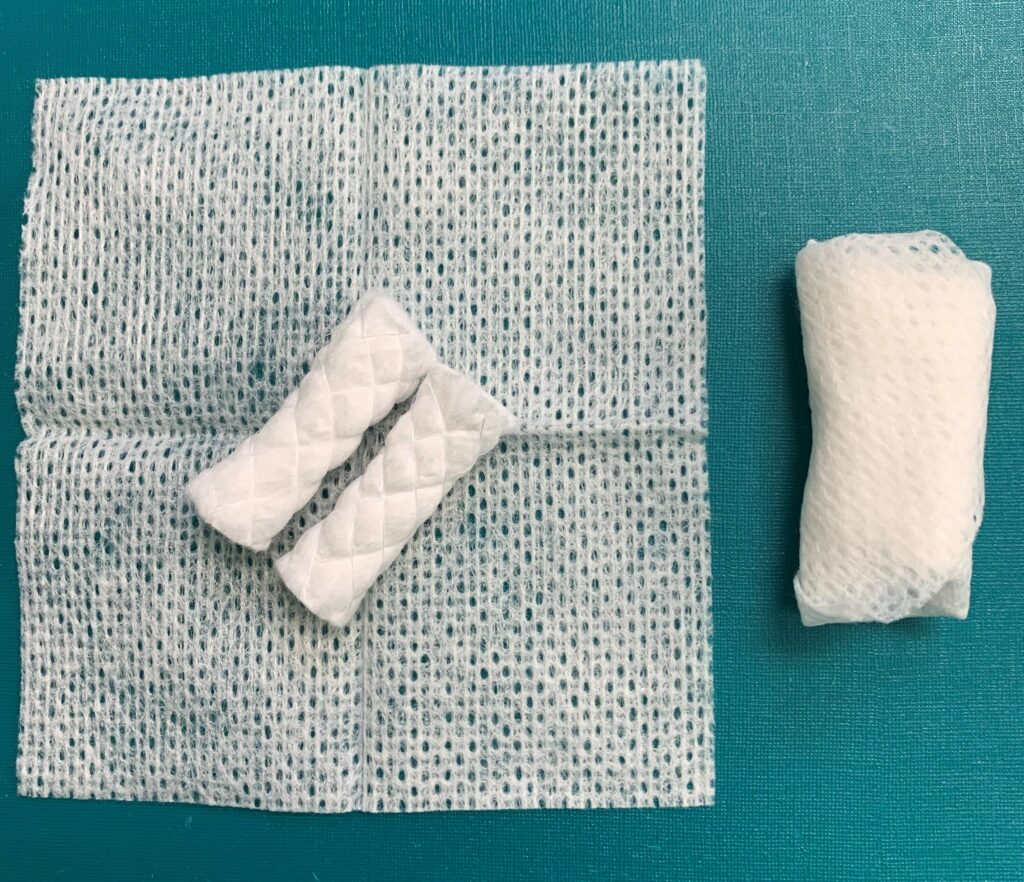
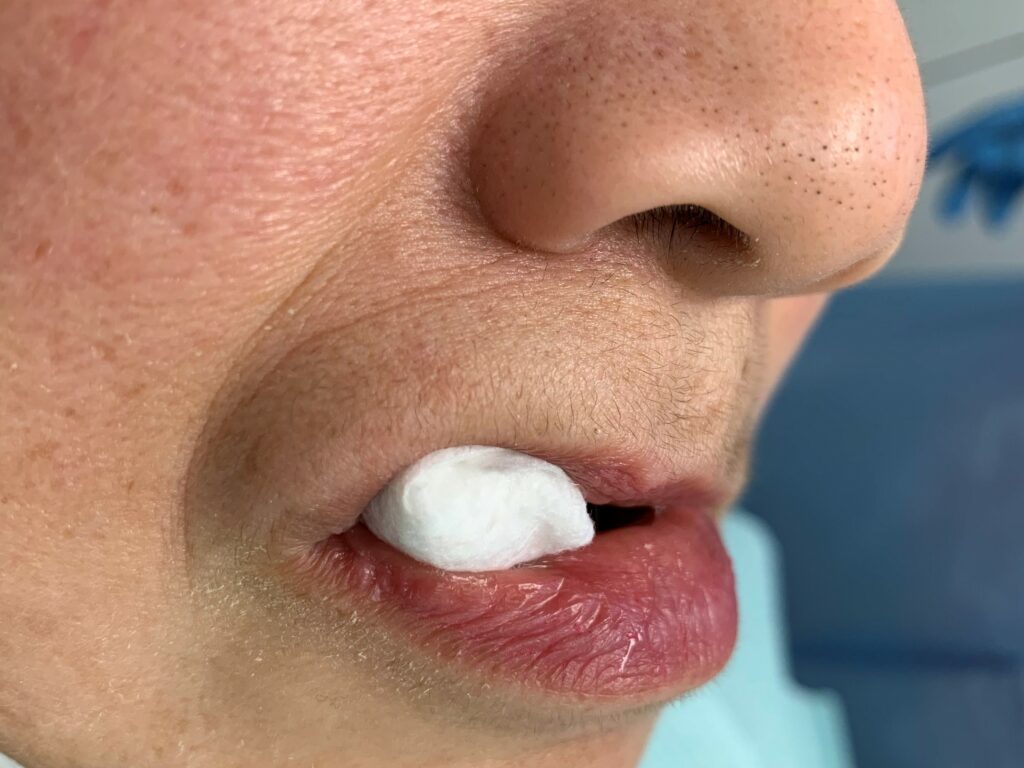
Use a piece of 2x2gauze to wrap the cotton rolls to prevent the cotton fibers from sticking to the blood clot. Place the wrap on extraction site and bite down. Keep the gauze pad in place for at least 30 minutes to one hour; the pressure from the pad will stop bleeding and help the blood clot set. After removal of the gauze pad, if you see profuse bleeding, you may place another sterile gauze pad over the site and keep holding it in place with your bite for another one hour, until the bleeding stop

2-Apply cold pad: To minimize swelling, bruising or discomfort, apply a cold pad (or a zip bag that contains ice cubes) to the face area that close to the extraction site. Application time of ice bag is 10 minutes on and 10 minutes off during half a day right after extraction.
3- Avoid heavy movements: Rest for 24 hours. Avoid heavy pressure or movements that may dislodge the blood clot and cause bleeding again. Avoid heavy pressures like: spit or rinse your mouth vigorously, using a straw when drinking, brushing at the extraction site, travel a long trip or heavy exercise. When you lie down, use a high pillow to reduce blood pressure to the extraction site.
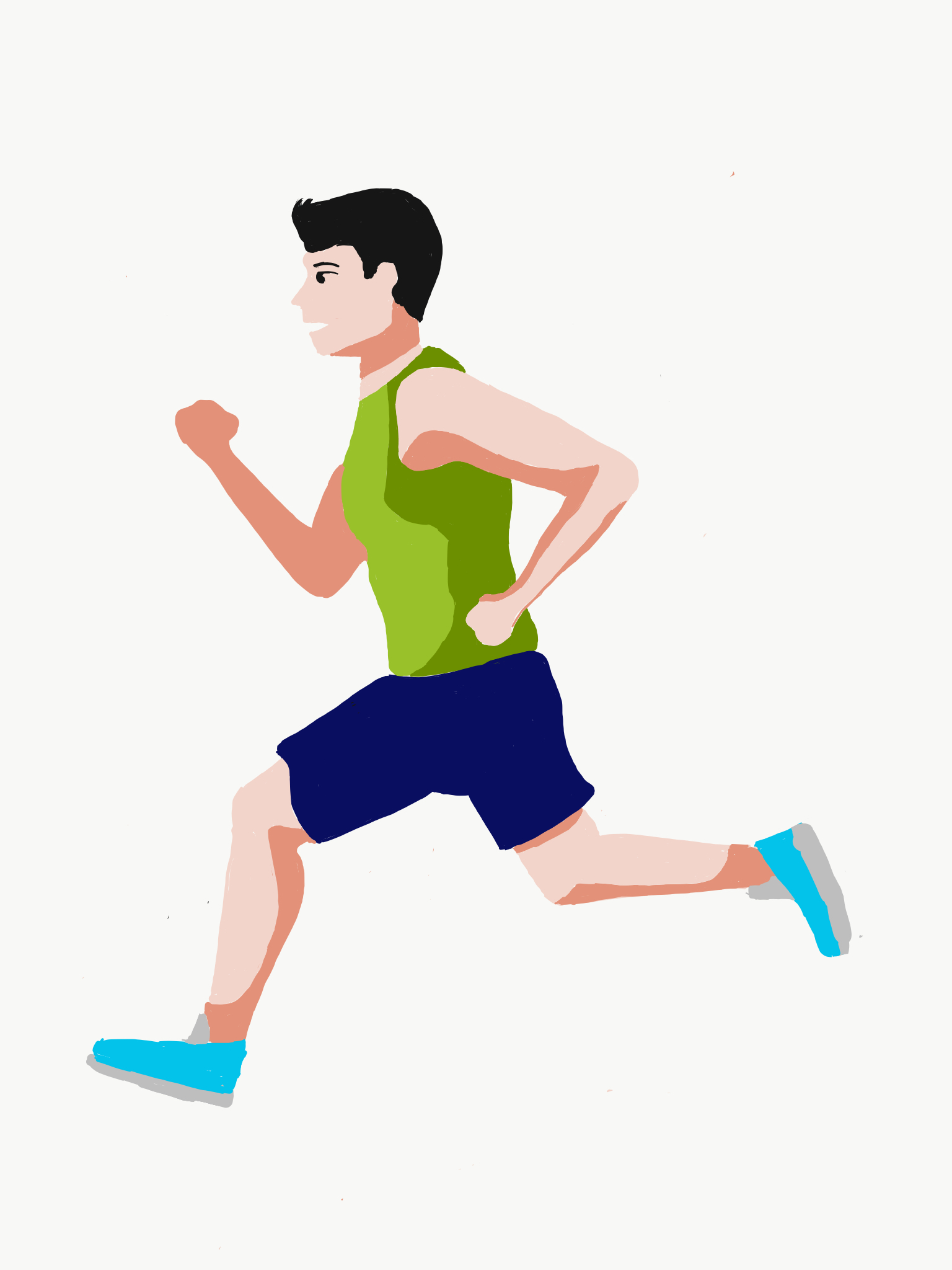
Avoid heavy exercise
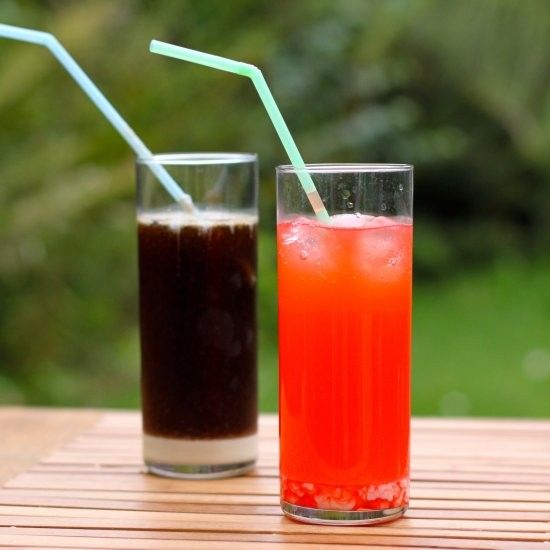
Avoid using a straw
4– Medications: take prescribed pain medications and antibiotics for infection exactly as prescribed by your dentist. If you are taking strong narcotic pain medication, do not drive or operate machinery.

5- No smoking or drinking alcoholic beverages for at least 3 days. Cigarette smoke may interfere the healing process. Do not apply salt to the extraction socket, salt may interfere blood coagulation.

6– Eating: You only eat when the numbness is gone, normally 1-2 hours after extraction. After the bleeding stops, drink lots of lukewarm water or cold fluids to keep hydrated. Eat soft foods, avoid foods which have hard particles like popcorn, peanut, sesame that may enter to your tooth socket. Avoid: hot foods, soda and alcohol drink.
Chewing on the other side of the extraction site.
FOR THE NEXT FEW DAYS:
1-Eating: You can eat regular meals. If you feel discomfort when chewing, you should continue with soft foods.
2-Brushing: Apply gentle brushing in the adjacent area of the extraction area. Avoid brushing directly to the site in the first week.
3-Medications: Keep taking antibiotics if your doctor prescribes it. If you have no pain, there is no need to take it, especially with narcotic pain medication.
4-Mouth rinse: You can rinse with a diluted mouthwash or warm salt water (half a teaspoon of salt in a cup of warm water).
POSSIBLE ISSUES AFTER EXTRACTION:
- Bleeding: Prolonged bleeding for 2-3 days
- Pain: Severe pain in the extraction site for 3-7 days, you may have “dry socket” with radiated pain for the whole week.
- Wisdom teeth removal: You may have a bruise and swelling for a few days, especially in the 2nd – 3rd days after the extraction. You may apply wet hot towel on the swelling area (10 minutes on, 10 minutes off); be sure it’s not too hot to burn your face. The swelling will subside after a few days. (Cold pack is only used for the first day to stop bleeding)
- High fever: You may get fever above 100.5 F degrees; you should take plenty of water.
- Jaw stiffness: You may experience a jaw stiffness (cannot open your mouth wide as usual) or a numbness at the corner of the lip.
When you have those issues, you should see your doctor for treatment and following up.
